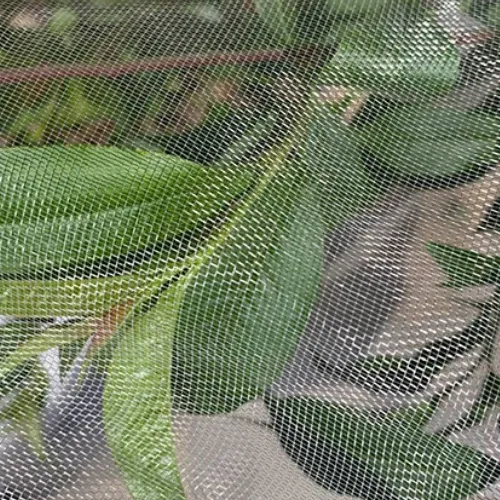The Impact of Plastic Bags on Food Packaging and Environmental Sustainability Choices
The Role of Plastic Bags in Food Packaging
Plastic bags have become an integral part of food packaging, offering convenience, versatility, and efficient preservation for various food items. As consumer demand for convenient and safe food packaging options continues to rise, the role of plastic bags in both retail and home settings remains pivotal. This article explores the advantages, challenges, and future directions of using plastic bags in food packaging.
Advantages of Plastic Bags
One of the primary benefits of plastic bags is their lightweight nature. Made from materials such as polyethylene, these bags are not only easy to handle but also significantly reduce transportation costs due to their low weight. This is particularly advantageous for retailers and suppliers who seek to maximize efficiency in logistics.
Plastic bags also provide excellent protection for food products. They act as a barrier against moisture, air, and contaminants, which helps prolong the shelf life of many food items. This protective feature is crucial for perishable goods, such as fruits, vegetables, and bakery products, as it minimizes spoilage and waste. Additionally, transparent plastic bags allow consumers to easily view the contents, promoting visual appeal and convenience.
Another significant advantage of plastic bags is their capacity for customization. They can be manufactured in various sizes, shapes, and designs to accommodate specific food types and branding needs. This flexibility allows businesses to differentiate their products in a competitive market while also meeting regulatory requirements for food safety.
Challenges of Plastic Bags
Despite their advantages, the use of plastic bags in food packaging is not without challenges. One of the main concerns is environmental impact. Plastic waste, particularly single-use plastic bags, has become a significant environmental issue, contributing to pollution and threatening marine and wildlife ecosystems. As awareness of plastic pollution grows, many consumers and organizations advocate for reducing reliance on plastic packaging.
plastic bags for food packaging

Moreover, there is increasing pressure from regulatory bodies to implement stricter policies on plastic usage. Some regions have introduced bans or taxes on single-use plastic bags in an effort to encourage the use of more sustainable alternatives. This shift in consumer behavior poses a challenge for manufacturers and retailers reliant on plastic bags for food packaging.
Future Directions
In response to these challenges, the food packaging industry is exploring innovative solutions. One promising direction involves the development of biodegradable and compostable plastic bags. These alternatives aim to provide the same convenience and functionality as traditional plastic bags while minimizing their environmental impact.
Recycling initiatives are also critical in addressing the plastic waste crisis. Many companies are adopting circular economy practices, encouraging consumers to return used plastic bags for recycling. With advancements in recycling technologies, it is becoming increasingly feasible to transform used plastic into new packaging materials, reducing the need for virgin plastic production.
Furthermore, the incorporation of eco-friendly materials into plastic bag production is gaining traction. Companies are experimenting with plant-based polymers and other sustainable materials that can degrade more quickly in the environment. These innovations not only cater to consumer demand for eco-conscious products but also align with global sustainability goals.
Conclusion
In summary, plastic bags play a vital role in food packaging, offering numerous advantages in terms of convenience, protection, and customization. However, the environmental challenges associated with plastic waste necessitate a reevaluation of their use. As the industry moves towards more sustainable practices, the future of plastic bags in food packaging may include a combination of innovative materials, recycling initiatives, and increased consumer awareness. By addressing these challenges head-on, the food packaging industry can ensure that it meets the needs of consumers while also protecting the environment for future generations.
-
The Versatility of Stainless Steel Wire MeshNewsNov.01,2024
-
The Role and Types of Sun Shade SolutionsNewsNov.01,2024
-
Safeguard Your Space with Effective Bird Protection SolutionsNewsNov.01,2024
-
Protect Your Garden with Innovative Insect-Proof SolutionsNewsNov.01,2024
-
Innovative Solutions for Construction NeedsNewsNov.01,2024
-
Effective Bird Control Solutions for Every NeedNewsNov.01,2024












